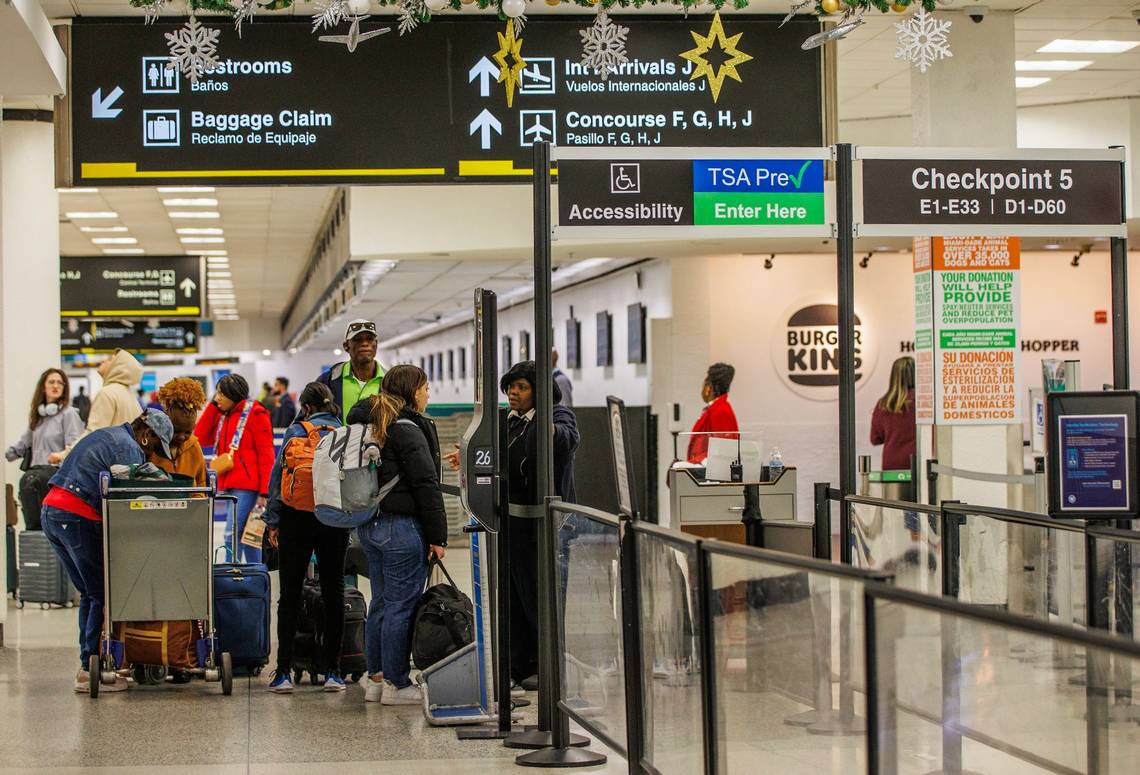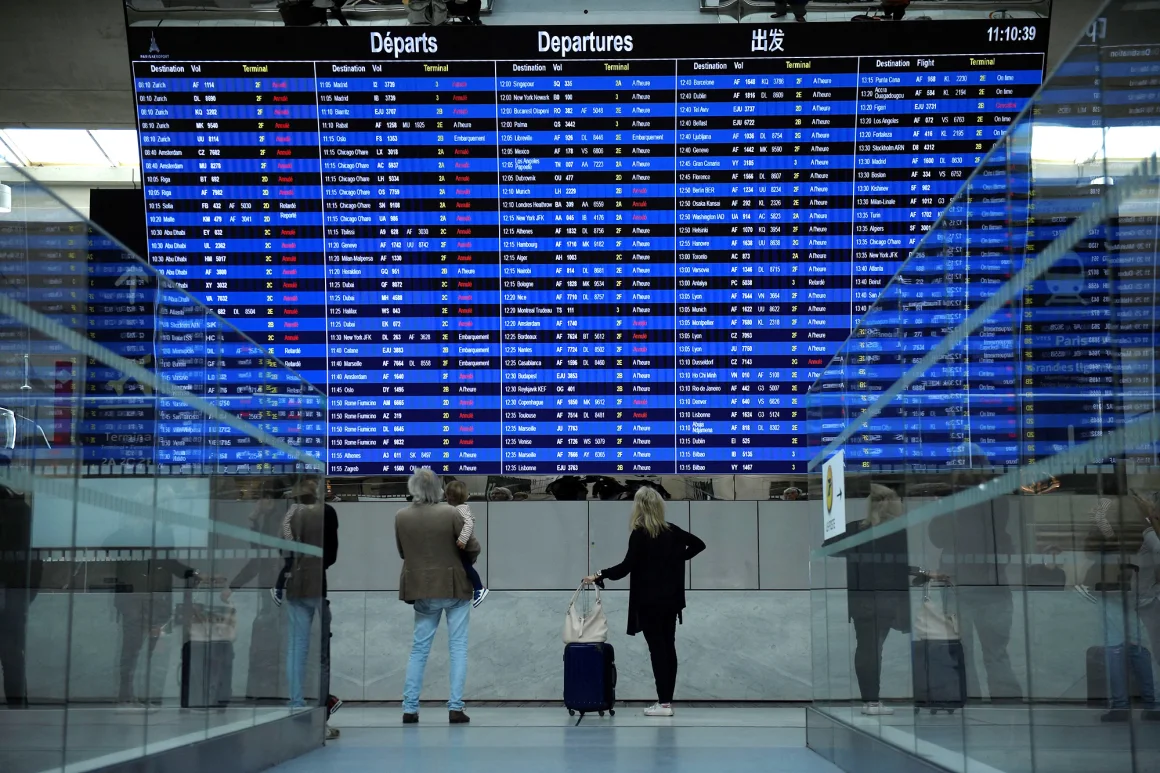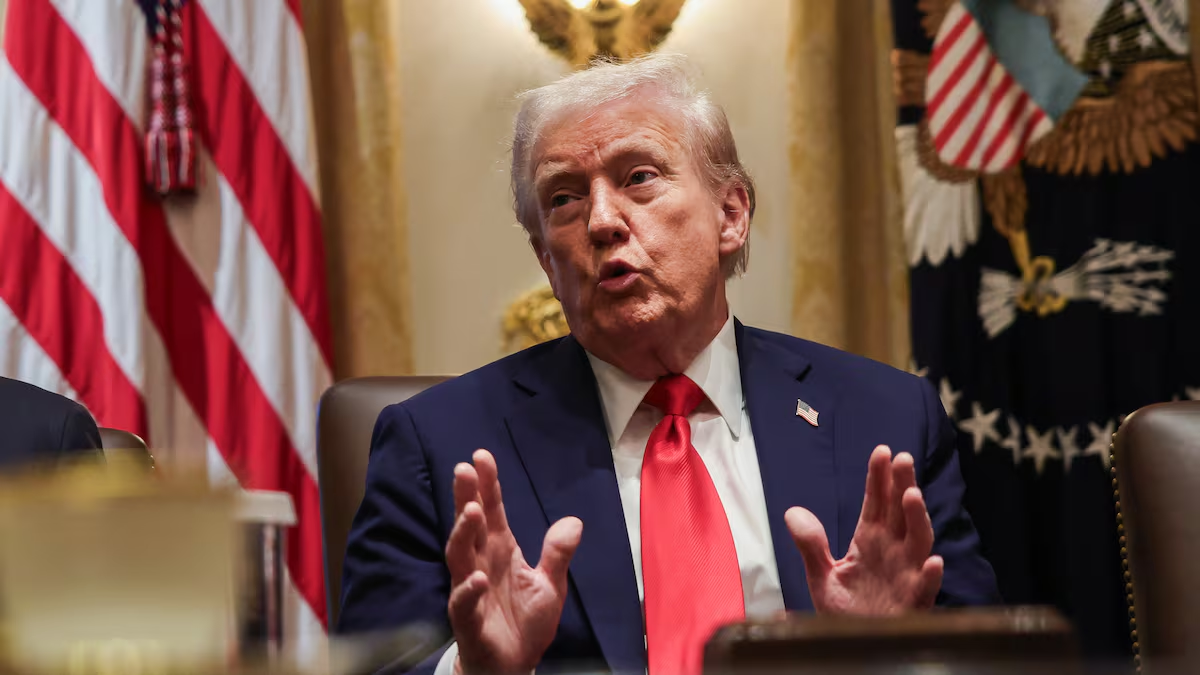A new immigration policy came into effect in the United States just after midnight on Monday, introducing full entry bans for nationals from 12 countries and partial restrictions for those from seven others.
According to federal authorities, the measure aims to enhance national security and builds upon previous restrictions with modifications to address current challenges.
Which countries are affected?
Full bans apply to travelers from Afghanistan, Myanmar, Chad, the Republic of Congo, Equatorial Guinea, Eritrea, Haiti, Iran, Libya, Somalia, Sudan, and Yemen.
Partial restrictions are in place for individuals from Burundi, Cuba, Laos, Sierra Leone, Togo, Turkmenistan, and Venezuela.
Why were these countries selected?
Federal officials cite deficiencies in identity verification, cooperation on visa security, and the ability to track criminal records. Additional factors include high visa overstay rates and lack of reliable central authorities to issue documents.
Reports from the Department of Homeland Security indicate that while some countries have high overstay percentages, the absolute number of individuals remains comparatively low.
How will the ban be enforced?
The State Department has directed embassies and consulates to deny visa issuance to nationals from fully banned countries unless exemptions apply. Existing visas will not be revoked. The Customs and Border Protection agency will determine admissibility at entry points.
Who is exempt?
Exemptions include lawful permanent residents, current visa holders, dual nationals using passports from non-affected countries, children adopted by U.S. citizens, close family members with verified identities, and long-serving foreign employees of the U.S. government.
The policy also allows entry for participants in major international sporting events such as the World Cup or the Olympics.
How are countries responding?
Some foreign leaders and international organizations have raised concerns about the diplomatic and humanitarian consequences. While certain nations have expressed willingness to engage in dialogue to reverse the restrictions, others have responded with reciprocal measures.
How is this policy different from the previous ban?
Unlike the 2017 travel ban, which was criticized for targeting Muslim-majority countries, the current policy outlines specific justifications and exceptions. Legal scholars suggest the latest version was crafted more carefully to reduce vulnerability to legal challenges.
Still, litigation is expected to focus on the factual basis used to include particular countries and whether the supporting data is accurate and relevant.



